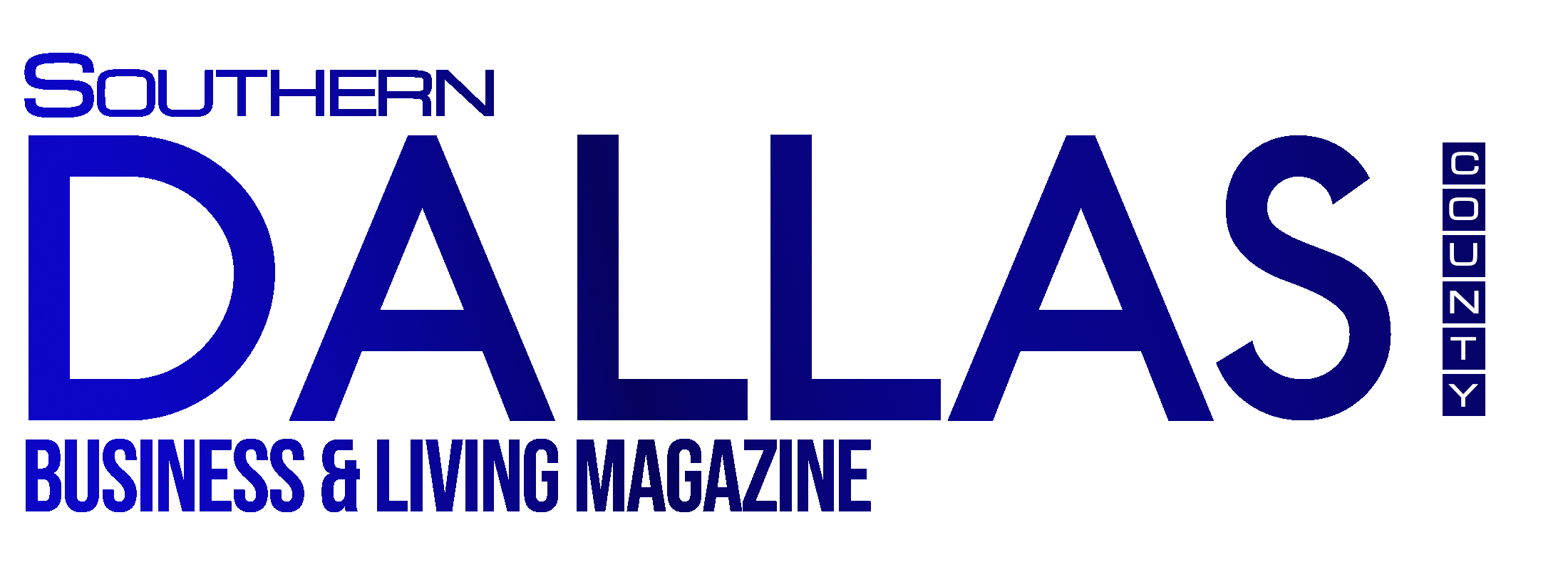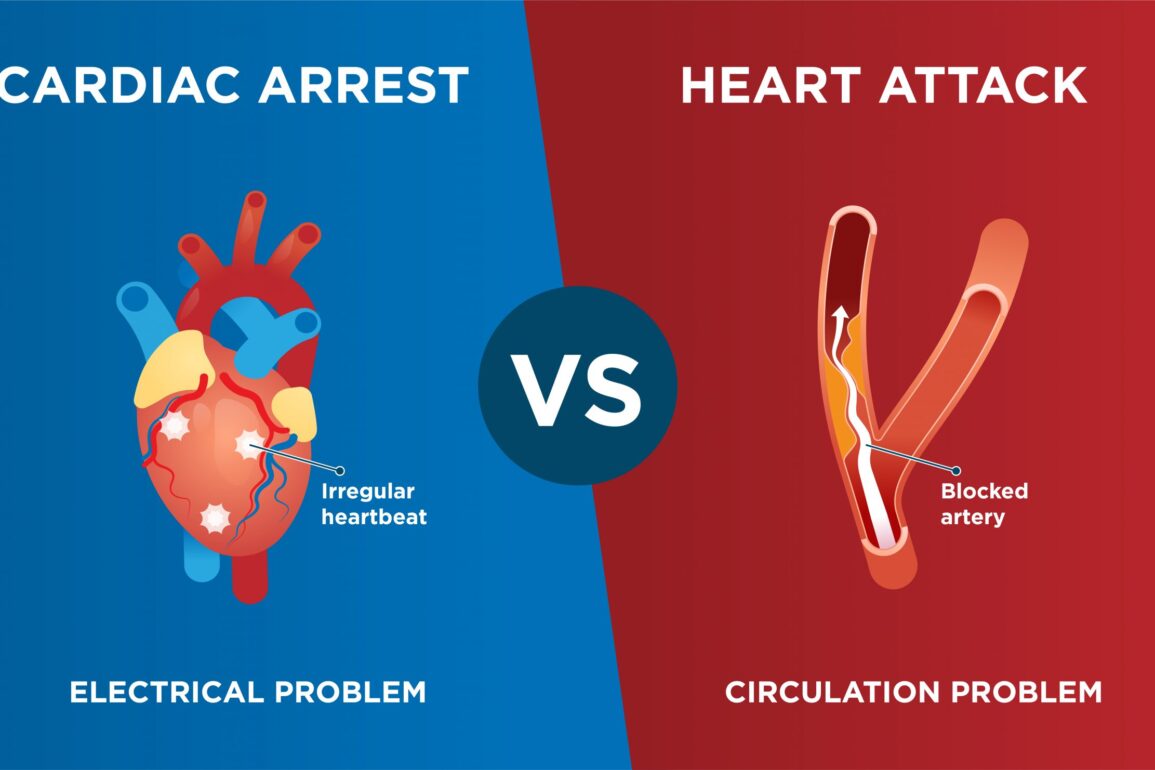They are not the same event though they can be related. A heart attack is caused by a significant blockage in one or more of the coronary arteries—the arteries that supply blood to the heart. This blockage can happen suddenly due to atherosclerosis, or hardening of the arteries due to many factors, among them hypertension, diabetes, high cholesterol, smoking, and alcohol abuse. As the atherosclerosis builds up in the arteries bold flow becomes restricted. Blood that’s not flowing well can lead to clot formation, and these clots travel through the circulatory system until they get to an area they cannot pass through. If this happens in the coronary arteries, blood flow can be severely restricted or blocked completely. That part of the heart that is supposed to receive that blood flow no longer can, so it’s not getting adequate blood and oxygen supply and starts to die. This is manifested in any number of ways ranging from crushing chest pain (some patients describe it as weight on their chest), shortness of breath, sweating, nausea, radiating pain down the left arm, to no symptoms at all (which is more common than people think). Treatment for heart attacks is time sensitive because heart tissue does not regenerate, and results in permanent defects in heart function. Damaged heart tissue heals with scar tissue, which is not as effective as normal heart tissue, and not easily stimulated by the heart’s electrical system. When a heart attack is suspected and confirmed in the emergency room treatment is aimed at restoring blood flow as fast as possible to limit damage to the affected part of the heart. This may include clot-busting drugs, stents through the atherosclerotic artery to allow blood flow, balloon angioplasty to open an artery, or in severe cases cardiac bypass surgery if the blockages are not amenable to any of the above procedures. Some heart attacks are mild, and may not need those kind of interventions, and are managed “medically” with medications.
A cardiac arrest is when the heart suddenly stops beating, and there are no electrical impulses to stimulate the heart to beat. There is either no cardiac rhythm, or the rhythm is so irregular as to not be life sustaining. These rhythms usually are of the ventricles, which is the part of the heart that actually pumps blood to the rest of body. It can happen suddenly with no warning or can be preceded by some of the same symptoms noted above for heart attacks. But most of the time cardiac arrest is marked by sudden collapse or loss of consciousness, and on exam there is no pulse, and they are not breathing. Many people who suffer a cardiac arrest can have the same risk factors mentioned above for heart attack, but the most common are hypertension and hyperlipidemia (high cholesterol and/or high triglycerides). I had a gentleman in my practice to came to me years ago because no male in his family ever lived past 40, and was 38 at the time. All he knew was that they died suddenly, and he was not aware of the cause. I discovered that his cholesterol was VERY high, and I suspected that’s what was in his family history and led to their demise. He has been on cholesterol medication since and is now in his 50s—the 1st male in his family to live past 40.
In younger people, there may not be known risk factors ahead of time. We don’t often think of young people having heart disease but there can be congenital heart conditions from birth that can manifest in teens and 20s, especially with strenuous exercise or working out. There are heart rhythm conditions that frequently go undiagnosed until a problem presents, and valvular heart disease can be present, and if severe enough can cause sudden death. AEDs (automatic external defibrillators) have been a lifesaving godsend for many people who suffered a cardiac arrest. The devices deliver a controlled electrical shock to the heart to get a rhythm started or correct an abnormal rhythm in cases of cardiac arrest. So much so that they are present in most public buildings now.
Bottom line, if cardiac arrest or heart attack is suspected call 911 immediately. If the individual is unconscious start CPR, and if AED is available in the meantime, use it. You may save a life.


